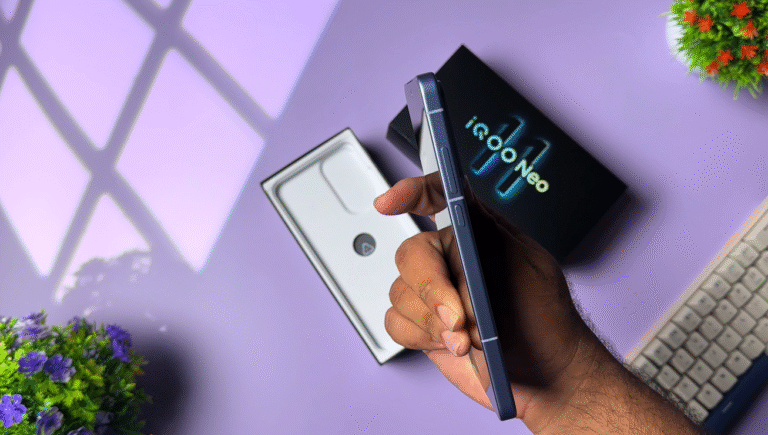Galaxy M17 5G vs older M-series: is the upgrade worth it?

Comparing real-life value for long-term UK users
Samsung’s Galaxy M17 5G is entering the mid-range market at a time when the UK audience is shifting priorities toward longevity, smoother performance and software stability rather than chasing exaggerated headline specs. The older M-series devices still hold value, but many users have now owned them long enough to see where age catches up — especially around battery health, background responsiveness and image consistency. The M17 5G is therefore pitching itself as a more future-aware version of the M-series philosophy, not just another routine cycle refresh.
Many older M-series owners in the UK are now dealing with slower opening times in social apps, more frequent reloads in browsers and minor heating when switching quickly between day-to-day tasks. Exynos 1330 in the M17 5G tries to solve this by giving cleaner multitasking at lower power cost, because the updated platform is built for efficiency rather than brute strength. This is noticeable in regular usage like NHS app logins, map checks on the street, online payments, and quick photo captures on the move.
Battery life is often the first sign of ageing in mid-range phones, and this is a major reason why many UK users consider upgrades after two or three years. The M17 5G aims to restore confidence in one full day of mixed usage across commutes, office shifts or university timetables without charging anxiety. Older batteries do not degrade overnight — they shrink gradually — but the difference becomes obvious once mid-afternoon power saving becomes a habit. This is where a fresh cycle of hardware gives clear, immediate benefit.

Camera behaviour changes in a more practical way, not just visually dramatic. Older M-series phones often needed you to hold still to avoid motion blur in everyday walking shots. With optical stabilisation available this time, the M17 5G delivers a more secure baseline for casual photos during movement, especially in cloudy UK daylight or mild drizzle when light shifts quickly. This small shift matters because daily photo use in the UK is rarely done in perfect bright sunshine — it is done in real city movement.
Display comfort also matters because UK outdoor conditions are unpredictable and brightness swings drastically during the day. Older M-series panels sometimes produced strain when stepping outside briefly to check messages or maps. The newer screen profile gives better real-world visibility rather than just brightness numbers, and this helps maintain clarity when walking between underground platforms, high street segments, and bus stops. It feels like a smarter type of practical upgrade rather than a marketing buzzword.
Update policies are now one of the strongest decision factors for buyers in the UK mid-range market. Older devices often ran out of software support earlier than users were ready to replace them, which created forced upgrade frustration. The M17 5G leans toward a longer security and platform runway to keep the phone relevant well into its lifecycle. This single factor can outweigh multiple spec comparisons because it directly defines how many years the device can serve comfortably.
Performance expectations in the mid-range have matured sharply. People now expect their phones to remain consistently responsive across long-term real-world usage, not just strong during the first few months. The M17 5G tries to respond to that by avoiding gimmicks and simply refining the everyday smoothness that defines satisfaction over years. For UK buyers who rely on their phones as essential everyday tools, this subtle reliability plays a stronger role than most flashy upgrades.
Ultimately, whether the M17 5G is worth the upgrade depends on how worn your current M-series phone has become. If your older handset still lasts comfortably, still feels steady and does not frustrate your workflow, then you may not need to move right now. But if your daily experience now includes battery stress, inconsistent camera clarity and slow reaction times, then the Galaxy M17 5G represents a meaningful generational reset — built to feel dependable again for the next long stretch of ownership in the UK market.






